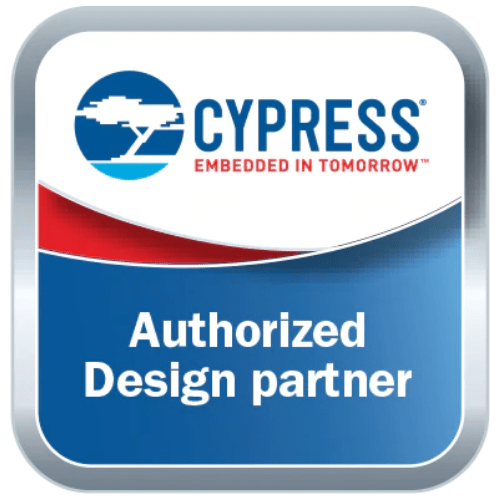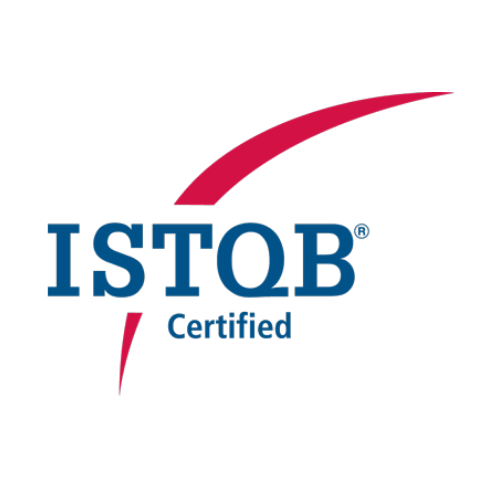Are you a product manager and want to understand more about embedded development and why it’s important? Learn more in our blog.
What is embedded development?
Embedded development refers to the process of creating software and firmware that runs on embedded systems. An embedded system is a specialised computer system designed to perform specific tasks within a larger system or product. It is typically a combination of hardware and software that is built to perform a dedicated function or set of functions.
Embedded development involves writing code and designing software solutions that enable the embedded system to carry out its intended tasks. This includes programming the microcontrollers or microprocessors that form the core of the embedded system, developing device drivers and software libraries, and implementing the necessary functionality and algorithms to achieve the desired functionality.
Embedded development often requires a deep understanding of the hardware platform, real-time constraints, and specific requirements of the targeted application. Developers need to optimise code for performance, memory usage, and power consumption, as embedded systems are often resource-constrained.
The development process for embedded systems typically involves tasks such as system design, hardware-software integration, testing, debugging, and optimisation. It may also involve working with specialised tools, programming languages, and development environments tailored for embedded systems.
What is the embedded development process?
Embedded development involves several key steps and processes to create software and firmware for embedded systems. Here’s a general overview of how embedded development works:
Step 1: Requirement Analysis
The first step is to understand the requirements of the embedded system by:
- Identifying the desired functionality, performance expectations, real-time constraints, and hardware limitations of the embedded system.
- Considering specific industry or application requirements.
Step 2: System Design
The second system is to design the embedded system by:
- Designing the system architecture, selecting appropriate hardware components, microcontrollers, and peripherals.
- Making decisions regarding software structure, interfaces, and communication protocols.
Step 3: Software Development
The third step is to develop the software by:
- Writing code and creating firmware that implements the desired functionality, algorithms, and communication protocols.
- Using low-level programming languages like C or assembly language for performance optimisation.
Step 4: Hardware-Software Integration
The fourth step is to connect the software with the hardware by:
- Connecting the developed software with the hardware components of the embedded system.
- Ensuring proper communication and interaction between microcontrollers, peripherals, sensors, and actuators.
Step 5: Testing and Debugging
- Performing extensive testing to verify functionality, performance, and reliability.
- Utilising unit testing, integration testing, and system testing to identify and resolve bugs and errors.
Step 6: Optimisation
- Optimise code for performance, memory usage, and power consumption.
- Applying techniques such as code optimisation, algorithmic improvements, and resource management.
Step 7: Deployment and Maintenance
- Deploying the thoroughly tested and optimised embedded system for use in the intended application or product.
- Providing ongoing maintenance and support to address issues, update software/firmware, and ensure long-term reliability and compatibility.
It’s important to note that the specific steps and methodologies may vary depending on the project, industry, and requirements.
Different tools, frameworks, and development methodologies may be employed to facilitate the development process and optimise performance.
It’s important to note that embedded development processes may vary depending on the specific project, industry, and requirements. Different development methodologies, tools, and frameworks may be employed to facilitate the development process and optimise the performance of embedded systems.
Why is embedded development important?
Embedded development is crucial in various industries, including automotive, aerospace, healthcare, consumer electronics, industrial automation, and more. It plays a vital role in creating innovative products and solutions that meet specific application needs, while considering factors such as reliability, efficiency, and real-time performance.
Embedded development is important for several reasons:
Functionality
Embedded systems enable the desired functionality of a product or system. Embedded development involves designing and implementing software solutions that allow the embedded system to carry out its intended tasks, such as controlling devices, collecting data, processing information, or communicating with other systems.
Optimisation
Embedded development focuses on optimising the performance of the embedded system. Developers need to write efficient code that maximises resource utilisation, such as memory, processing power, and energy consumption. This optimisation is crucial for embedded systems, which often have limited resources and may operate in real-time or resource-constrained environments.
Reliability
Embedded systems are often used in critical applications where reliability is paramount. Embedded development includes designing software that ensures the stability, robustness, and fault tolerance of the system. This is particularly important in industries such as automotive, aerospace, medical devices, and industrial automation, where system failures can have serious consequences.
Integration
Embedded systems frequently need to interact with other components or systems. Embedded development involves integrating the embedded system with external devices, sensors, networks, or user interfaces. This integration ensures seamless communication and interoperability between different parts of a larger system.
Customisation
Embedded development allows for customisation and tailoring of software to specific application requirements. Developers can create software that meets the unique needs of a particular industry, product, or use case. This customisation enables the development of innovative solutions and the ability to address specific challenges or constraints.
Technological Advancements
Embedded development drives technological advancements in various industries. It enables the creation of new products, improves existing systems, and introduces innovative features or functionalities. Embedded systems are at the core of technological advancements such as the Internet of Things (IoT), autonomous vehicles, smart devices, and industrial automation.
Overall, embedded development is important because it enables the functionality, optimisation, reliability, integration, customisation, and technological advancements of embedded systems. It plays a crucial role in multiple industries, allowing for the creation of innovative products and solutions that improve efficiency, performance, and user experience.
Get in touch with Coderus today to discuss your next embedded development project.























